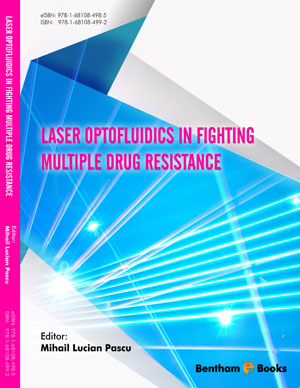Abstract
Bubble and drop profile analysis tensiometry is one of the most versatile tools for the characterisation of liquid interfaces. This technique provides the time dependence of surface and interfacial tension in a brought time range. The obtained interfacial tensions are well suited for a quantitative characterisation of adsorption layers of surfactants, proteins, polymers, and of their mixtures at liquid interfaces. Instruments equipped with an accurate dosing system allow experiments under well controlled conditions, such as constant drop/bubble volume or surface area. Also preprogramed changes are feasible, for example drop volume oscillations in a frequency range between 1 mHz up to about 0.1 Hz. This type of experiments allows determination of the dilational visco-elastic properties of liquid interfacial layers. Using a coaxial double capillary, experiments on sequential and simultaneous adsorption routes can be performed. This allows an analysis of the specific aspects of complex formation of e.g. proteins with other components or multilayer formation at the interface and determination of their dilational rheology. From a hydrodynamic point of view, the drop profile analysis methodology is limited to equilibrium drop/bubble profiles. Hence, when the size of a drop or bubble is changed too quickly their profiles are no longer Laplacian and the method would deliver wrong results. Therefore, the limits of PAT for a specific system need to be determined experimentally and validated by CFD simulations. Examples of CFD simulations have been presented in order to show how reliable the calculated interfacial tensions are.
Keywords: CFD simulations, Dilational surface viscoelasticity, Drop bulk exchange, Liquid/gas interface, Liquid/liquid interface, Profile analysis tensiometry, Surfactant adsorption.






















